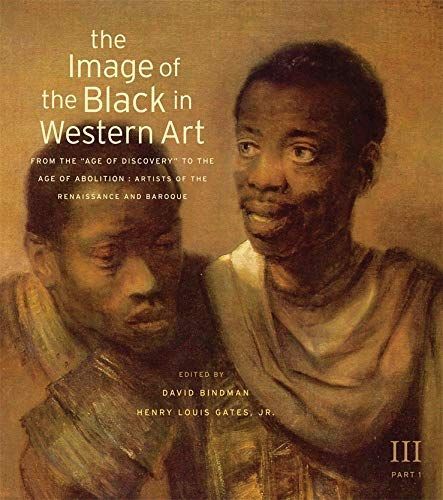
The Image of the Black in Western Art: From the "Age of Discovery" to the Age of Abolition : artists of the Renaissance and Baroque
In The 1960s, as a response to segregation in the United States, the influential art patron Dominique de Menil began a research project and photo archive called The Image of the Black in Western Art. Now, fifty years later, as the first American president of African American descent serves his historic term in office, her mission has been re-invigorated through the collaboration of Harvard University Press and the W.E.B. Du Bois Institute for African and African American Research to present new editions of the coveted five original books and the anticipated new volumes which shall complete the series. The completed set will include ten sumptuous books in five volumes with up-to-date introductions and more full-color illustrations, printed on high-quality art stock for books that will last a lifetime. This monumental publication offers expert commentary and a lavishly illustrated history of the representations of people of African descent ranging from the ancient images of Pharaohs created by unknown hands to the works of the great European masters such as Bosch, Rembrandt, Rubens, and Hogarth to stunning new creations by contemporary black artists. Featuring thousands of beautiful, moving, and often little-known images of black people, including queens and slaves, saints and soldiers, children and gods, The Image of the Black in Western Art provides a treasury of masterpieces from four millennia--a testament to the black experience in the West and a tribute to art's enduring power to shape our common humanity. Volume II, Part 1, written largely by the noted French scholar Jean Devisse, has established itself as a classic in the field of medieval art. It surveys as never before the presence of black people, mainly mythical, in art from the early Christian era to the fourteenth century. The extraordinary transformation of Saint Maurice into a black African saint, the subject of many noble and deeply touching images, is a highlight of this volume. The new introduction by Paul Kaplan provides a fresh perspective on the image of the black in medieval European art and contextualizes the classic essays on the subject. --Book Jacket.